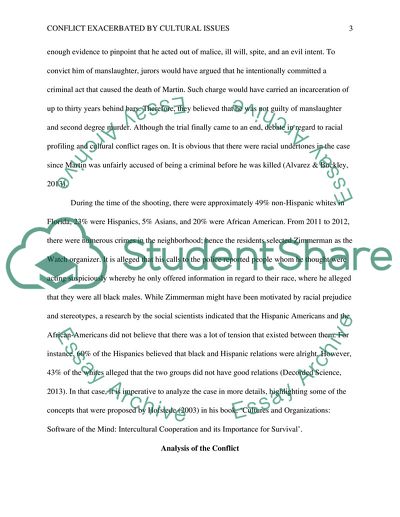Cite this document
(Conflict Exacerbated by Cultural Issues Research Paper, n.d.)
Conflict Exacerbated by Cultural Issues Research Paper. Retrieved from https://studentshare.org/law/1810765-current-contemporary-conflict-that-exacerbated-by-cultural-issues
Conflict Exacerbated by Cultural Issues Research Paper. Retrieved from https://studentshare.org/law/1810765-current-contemporary-conflict-that-exacerbated-by-cultural-issues
(Conflict Exacerbated by Cultural Issues Research Paper)
Conflict Exacerbated by Cultural Issues Research Paper. https://studentshare.org/law/1810765-current-contemporary-conflict-that-exacerbated-by-cultural-issues.
Conflict Exacerbated by Cultural Issues Research Paper. https://studentshare.org/law/1810765-current-contemporary-conflict-that-exacerbated-by-cultural-issues.
“Conflict Exacerbated by Cultural Issues Research Paper”, n.d. https://studentshare.org/law/1810765-current-contemporary-conflict-that-exacerbated-by-cultural-issues.


